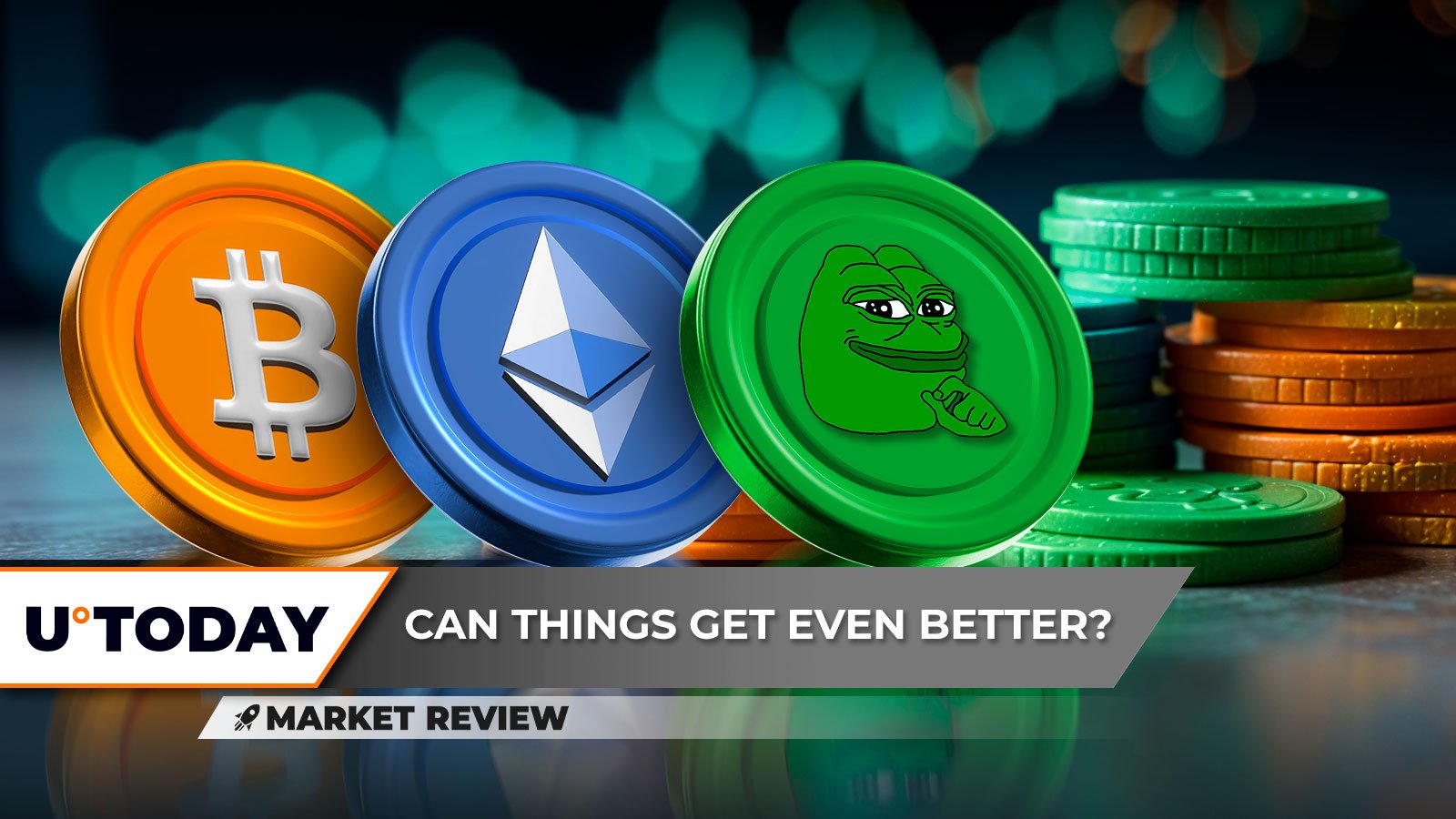BlackRock head of digital assets Robbie Mitchnick believes the crypto industry has made a marketing blunder when it comes to Bitcoin (BTC).
Mitchnick said during an interview with Bloomberg that Bitcoin is a risky asset, but calling it a “risk-on” asset is a mistake akin to an “own goal.”
A risk-on asset, like stocks, is something that investors buy when they are optimistic about the market and are willing to take more risk. Therefore, a “risk-off asset” is where investors move their money when they’re worried about market volatility. Gold, for example, is considered a risk-off asset because it is likely to hold or increase in value despite economic downturns.
Mitchnick said:
“Some of the crypto research type publications and daily commentaries have taken the fact that Bitcoin, which is obviously a risky asset, and extrapolated that to say that therefore it is a risk-on asset and should trade like equities.”
He further explained that Bitcoin acts in a fundamentally different way than equities and other risk-on assets. Mitchnick added that the long-term drivers of Bitcoin are “very different” from other risk-on assets and in some cases, may even be “inverted.”
Additionally, Bitcoin does not carry the risks that are usually associated with other risk-on assets. Mitchnick said:
“When we think about Bitcoin, we think about it primarily as an emerging global monetary alternative—[a] scarce, global, decentralized, non-sovereign asset. And it’s an asset that has no country-specific risk, that has no counterparty risk.”
According to Mitchnick, these properties make Bitcoin an intriguing alternative for investors who are concerned about the risks of printing money, currency devaluation, as well as political and fiscal sustainability challenges.
Furthermore, its properties are fundamentally different from other risk-on assets, which is why calling Bitcoin a risk-on asset only confuses investors.
Correlation with equities
Mitchnick also pointed out that, like gold, Bitcoin is not correlated to US stocks in the long term. While in the short term, the correlation can spike, on average, it remains “pretty close to zero,” resembling the pattern followed by gold.
He further stated that there are only three or four things in a year that actually impact the price of Bitcoin significantly. However, this leaves little scope for publications to create daily stories.
Therefore, Mitchnick believes that reporters often instinctively correlate fluctuations in Bitcoin’s price with the unemployment rate, the stock market, or manufacturing. However, these events and incidents have “no connection to Bitcoin.”











